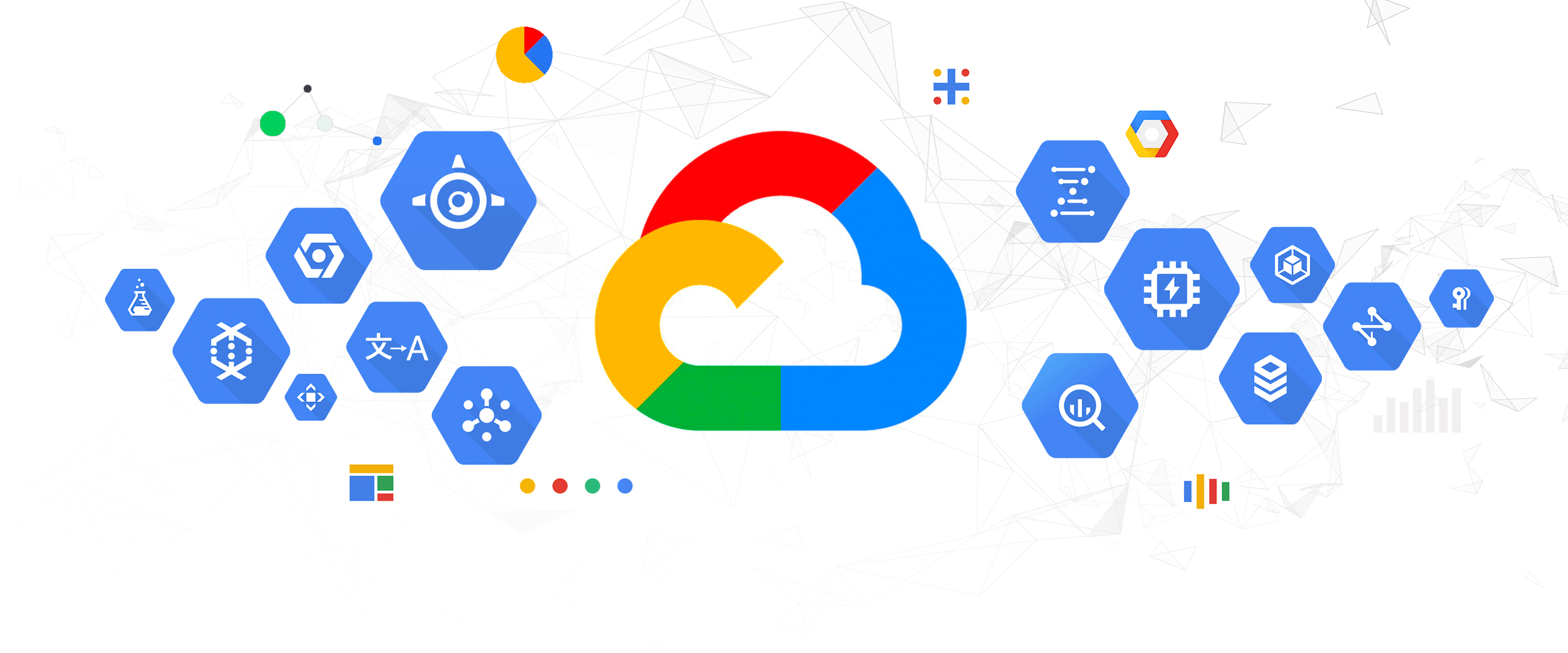The Google Cloud Adoption Framework: Helping you move to the cloud with confidence

Mark Aronica
Director, Professional Services, Google Cloud
Cloud computing is maturing at a scale and speed that can be hard to keep up with. In fact, it can seem as if every week a public cloud provider is announcing a new feature that will run your applications and store your data more scalably, reliable, or securely. And it’s not always easy to know where to start.
The Google Cloud Professional Services team was created to help our customers make their way successfully to the cloud. Along the way, we’ve seen the sorts of things that can trip organizations up, as well as patterns developing around what makes other organizations successful. Most recently, we’ve seen a shift in the outcomes our customers want to achieve with the cloud. For the first 10 years, getting to the cloud has been about tactical cost cutting initiatives—building your “mess for less” in the cloud. Over recent years, our customers have begun to ask us much bigger, more strategic, even visionary questions: “How can I use machine learning to provide a better customer service?” “How do I do predictive inventory planning?” Or “How do I enable dynamic pricing?”
These are the types of questions that excite us at Google—and we want to help you answer them. But getting to the point where your organization can really thrive in the cloud often requires deep, comprehensive transformation. That can be a tough pill to swallow. And if you’re the one leading that transformation, being able to communicate your plan in a simple, logical way can be critical to inspiring confidence in your vision.
All these reasons and more are why we’ve developed the Google Cloud Adoption Framework. Built on our experience working with enterprise customers, it can help you determine where you are on your cloud journey today, and where you’d like to be.
Although we share a broad range of insights in our framework, one of the most important is this: Getting started in cloud is all about striking the right balance.
We’ve seen two types of company cultures play out, time and again, in our customer base. For example, many of our cloud-native customers have a bias for action. They do many things well: self-sufficiency in pushing workloads into production, highly collaborative teams, and continuous learning and experimentation, just to name a few. But in their desire to move fast, we’ve seen some underestimate the value of putting guardrails in place early to contain the inevitable sprawl of data and compute resources. This omission not only adds cost to their monthly cloud hosting bill, but can also result in security and data privacy challenges in the long-term. In this case, they’ve prioritized speed in the short-term over long-term sustainability.
The opposite can be true for many enterprises new to the cloud. These enterprises often gravitate towards replicating their tried and true governance and operating model in the cloud, spending a lot of time designing process and policies (which are important), but too little time moving actual workloads into the cloud. Without production workloads, they don’t develop the experience needed to manage increasingly complex and business-critical use cases. And without early successes, they can be reluctant to increase investment and ultimately lose momentum in their cloud strategy.
The ideal is balancing the pace of change across your people, process, and technology. That way, you can learn continuously, lead effectively, scale efficiently, and secure your environment comprehensively—the four capabilities we’ve observed that drive success in cloud.
These are just some of the insights and best practices we can share to help you get started. To learn more, download the white paper.

